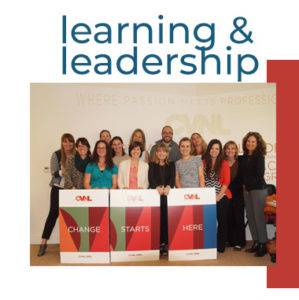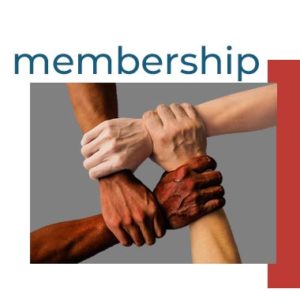Why Planned Giving Matters
Encourage your Donors to Leave a Legacy…
Planed gifts can be nonprofit game-changers. Even relatively small planned gifts can help sustain programs and activities, establish endowments, or launch new initiatives. Experts recommend that every nonprofit focus (to some degree) on finding benefactors to leave them planned gifts — in addition to having an excellent return on relatively little cost or investment, planned gifts help ensure the future growth and strength of your organization.
If you haven’t yet launched planned giving, now is the time to consider making the move. You can start by joining us on October 21, 9:00 a.m. – 11:30 a.m., for a special panel on the subject, and by reading below.
#1. Defining Planed Giving
For the purposes of this post, we define “planed giving” as the act of making a commitment to give a charitable organization a major gift, over time or at death, as part of the donor’s overall financial and estate planing. Pretty basic, right?
Unfortunately, many nonprofits put off launching their own planned giving programs or initiatives because it doesn’t appear straight-forward. The term makes many think of legal documents, lawyers, and exhaustive research — all of which require time and money.
The truth is, setting up your first planned giving effort can be relatively smooth and painless. Let’s take a look at how small and mid-sized non-profits can go about setting up their first planned giving effort.
#2. You Probably Know More than You Think You Know
You don’t have to be a technical expert. Many are budget-friendly, take minimal time and attention, and are effective tools for you to reach your donors. Here are a few examples, that you may already be aware of:
- Bequests – Bequests are the cornerstone of most estate plans and among the easiest ways for donors to arrange a gift. Donors set up a bequest when they work with their attorneys or legal advisors to draft their wills and without requiring any technical expertise on your part.
- Life Insurance & Retirement Plans – Gifts can be set up by donors, who select your charity as a beneficiary of all or a portion of the policy’s proceeds. Individuals with a retirement plan, whether through their employer or their own Individual Retirement Account (IRA) or 401(k)s, 403(b)s and pension plans, can ordinarily select your charity as a beneficiary of the remaining balance.
- Donor-Advised Funds (DAFs) – DAFs are philanthropic vehicles established at public charities. They allow donors to make charitable contributions, receive immediate tax benefits, and then recommend grants from the fund over time. One of the greatest benefits for donors in this case is that they get to focus on giving, not administration.
In all of these examples, encourage donors to remember you in their plans, and be prepared to answer questions about how a potential gift might be used.
#3. Launching your Own Planed Giving Effort
Before deciding on a planned giving strategy, make sure you have internal conversations first with you board and staff leadership to ensure alignment and commitment. Then, identify what planned giving tools work best for your organization. Make sure you do enough research to make an informed decision. A variety of tool kits and resources exist to help you get started. For more complicated planned giving programs, always consult an expert.
Remember that people give to causes they care about. Planed giving involves developing relationships with individuals. To be successful in planned giving, organizations must educate their staff and board on how to clearly articulate their organization’s mission and programs — and more importantly, why the work matters! Communications regarding your organization’s planned giving should send the message that it is looking to the future to address long-term goals and objectives, and why those goals and objectives are important.
Conect with an expert!
CVNL has many partners who specialize in philanthropic planing. For more information, please contact Katelyn: 415.448.0330 or kwilloughby@cvnl.org.








